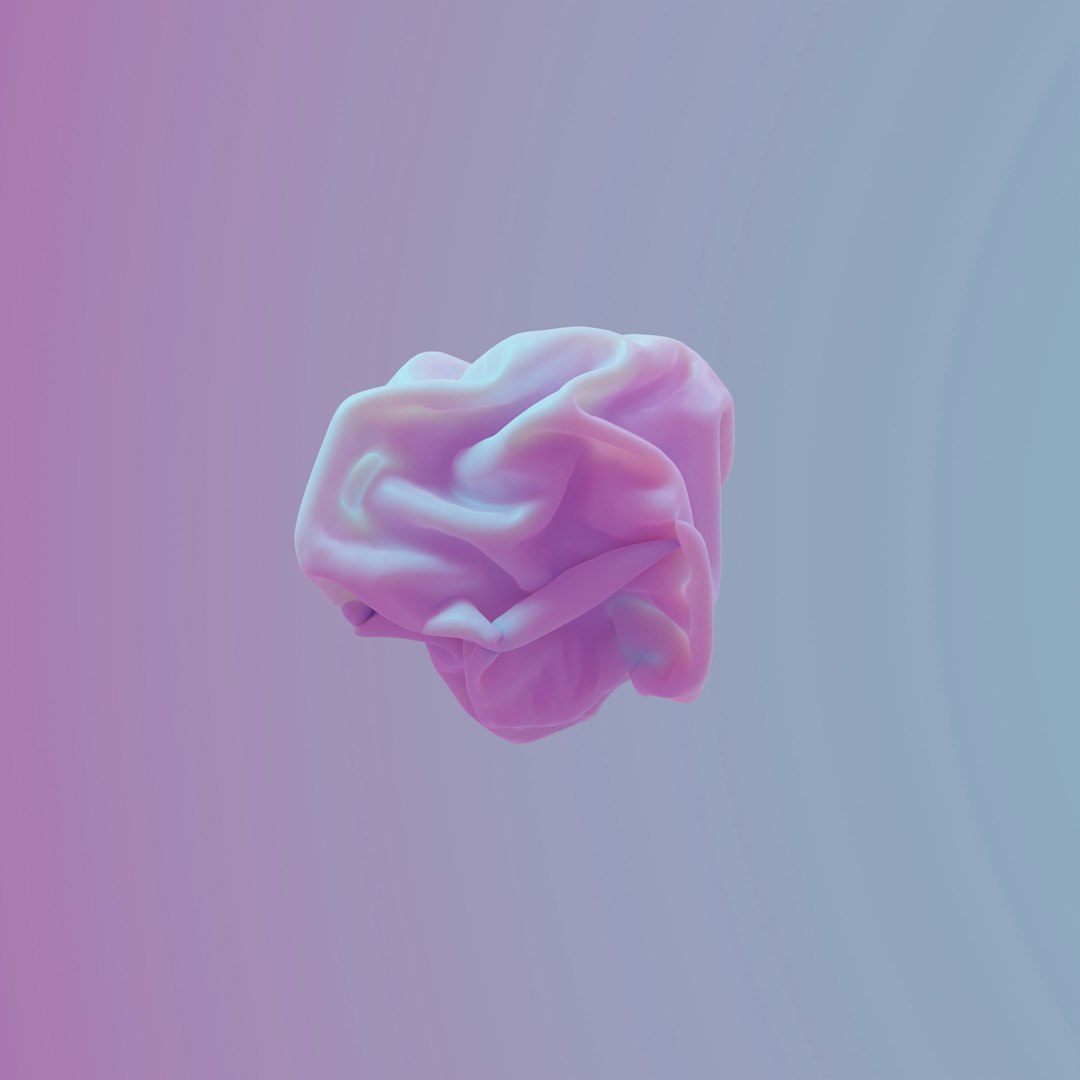The British television series, Fleabag, offers a clever depiction of dissociation through its heroine’s frequent asides to the camera. These moments extend beyond a dramatic device; they serve as a mechanism for the character to disconnect from her surroundings and shelter from the internal storm of her traumatic grief. This disconnection is further highlighted in the second season when her romantic interest, The Hot Priest, notices her in the middle of a quick aside to the audience and asks “What was that?” and points in the direction of the camera. “That thing you’re doing? It’s like you disappear.” Caught off guard, she looks at the viewer once more. “There!” he says. “Where did you just go?” “Nowhere,” she responds, but turns again to the camera with an alarmed look, perhaps knowing she’s been caught. I’ve often thought of the main character’s tendency to “disappear” during conversations as an expression of altered consciousness — a phenomenon known as dissociation.

Dissociation is a complex psychological concept with various definitions and interpretations that extend beyond the scope of this discussion. Historically, it was first described by theorists like Pierre Janet, who viewed it as the mind’s way of splitting off from trauma to protect against extreme pain. Janet’s theory laid the groundwork for many contemporary trauma theories that address healing through integration of the self (Schwartz, 2021). Modern psychology continues to grapple with defining dissociation. Different frameworks offer different perspectives ranging from ego state theory, various DSM-V diagnostic categories, to structural dissociation theory. Despite these theoretical divergences, dissociation generally refers to a disruption in the normal integration of consciousness, memory, identity, or perception.

Dissociation can occur in everyday life, such as becoming completely absorbed in a book or “spacing out” while driving on a familiar route. These quotidien moments of dissociation involve a normal, albeit temporary, disconnection from immediate surroundings. For example, the process of getting deeply immersed in a social media feed may be considered a form of dissociation (McQuate, 2022). During these moments, the brain remains active and engaged, often referred to as being on “autopilot” (Hamzelou, 2017).
Dissociation resulting from trauma is distinct and more profound. Traumatic dissociation involves unique physiological processes. Research indicates that traumatic dissociation is accompanied by hypoarousal—a state where the nervous system reduces its activity to a minimal level as a survival mechanism. This is part of an immobilization response to extreme threat, where the brain and body essentially “shut down” to protect the individual and preserve energy (Lanius et al., 2014).
Traumatic dissociation involves unique physiological processes.
To clarify the specific type of dissociation related to trauma, the term “dissociative hypoarousal” is sometimes used. This term encompasses both the psychological splitting of the self due to trauma and its biological manifestations. Dissociative hypoarousal can be defined as a biological phenomenon resulting from trauma that manifests in a fragmented self. It is characterized by alterations in consciousness, emotional numbing, and a presentation indicative of both personality splits and hypoarousal.
“That thing you’re doing? It’s like you disappear.”
When Fleabag’s protagonist appears to “disappear,” she exemplifies dissociative hypoarousal. Her direct addresses to the audience are attempts to remain detached from her trauma. Each time she encounters reminders of her painful past, she shifts away from the experience, demonstrating the hallmark of dissociative hypoarousal.
Dissociative hypoarousal is often an internal experience, largely unnoticed by others. Like physical pain, it is subjective and can be difficult to articulate. Trauma survivors may find it beneficial to recognize their experiences as dissociative hypoarousal, a specific type of dissociation unique to their trauma.
Dissociative hypoarousal is often an internal experience, largely unnoticed by others.
In conclusion, dissociation is a multifaceted concept that ranges from everyday experiences of altered consciousness to profound disruptions resulting from trauma. Understanding the nuances of dissociative hypoarousal helps acknowledge the unique ways trauma can affect individuals, ultimately aiding in their healing and integration processes.






